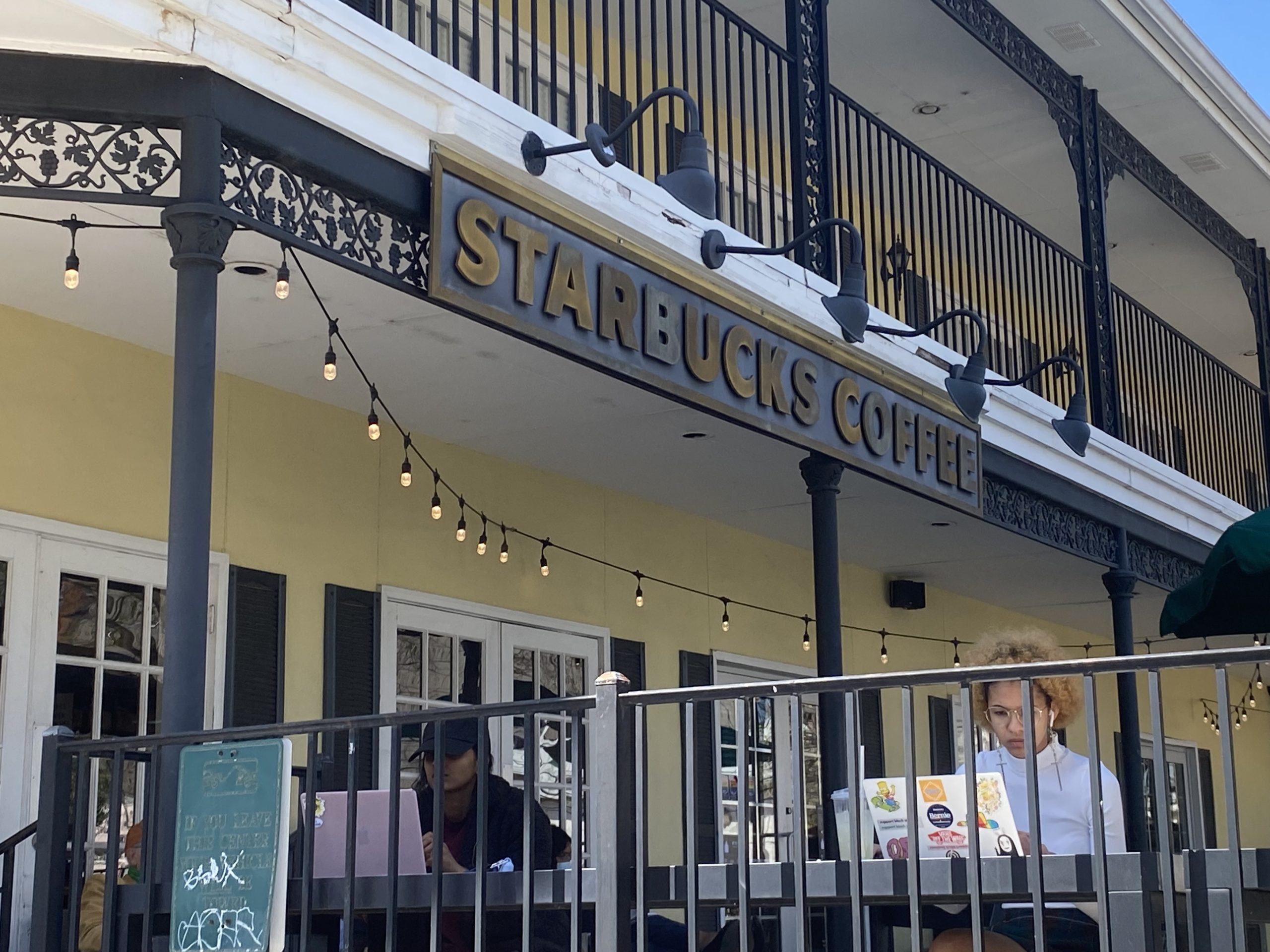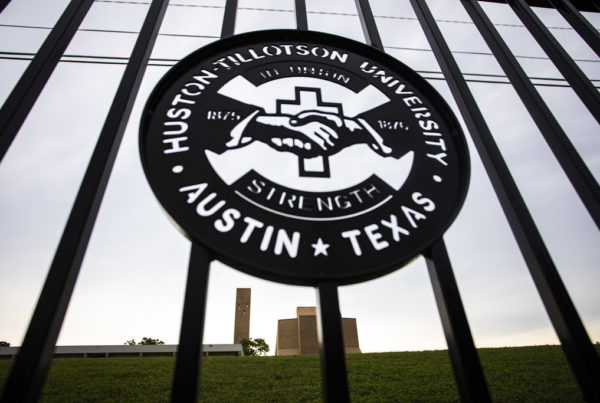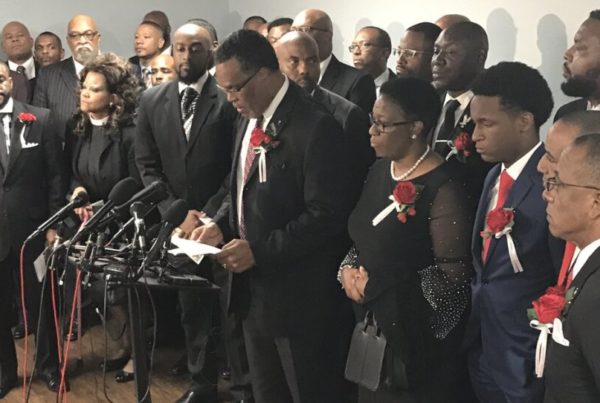Workers’ unions have been cropping up in non-traditional places in Texas over the last few months. The trend gained widespread recognition when employees at a Buffalo, New York, Starbucks store unionized in 2021. Now, in Texas, at least five workplaces have filed for unionization, four of them Starbucks stores in San Antonio and Austin.
Those are among the 54 Starbucks stores in 19 states that now have unions.
Lillian K. Allen, a union member at a Starbucks near the University of Texas at Austin campus, says the union gives employees more ability to negotiate with their employer.
“We’re forming a union to obtain a voice, to advocate for ourselves and for the issues that are central to us as partners, in a way where we have actual leverage,” Allen said.
Allen’s store, on 24th Street and Nueces, near UT’s famed “Drag” strip of shops and restaurants, unionized in March.
We, the Partners at 24th and Nueces, are formally declaring our union petition. We do this because we are a unique store mostly run by students, and we have unique needs. #WhyWeOrganize #SBWU #unionYES #UnionStrong #ATX pic.twitter.com/EJaUJDGhhF
— Starbucks Workers United 24th and Nueces (@atx_sbwu) March 8, 2022
But service industry workers like Allen aren’t, historically, typical union members. That’s because service jobs, says Texas State University history professor Tom Alter, used to be considered temporary. People didn’t stay in them long enough to make unionization possible. But that changed after the 2008 economic collapse; the instability of the job market forced people to stay in lower-paying jobs for longer than expected, Alter says.
“I think a lot of people are realizing this is becoming more permanent. And once you see something as permanent or at least longer-lasting, you start to become more invested in the workplace and want to improve it,” Alter said.
At Alamo Drafthouse, another Austin establishment, movie-theater workers at a South Austin location formed a union in February with the help of Industrial Workers of the World.
“There’s definitely a rejuvenation of labor unions,” said IWW spokesperson Maxim Baru, “[and] a change of demographics and unions, among memberships, that’s taking place that are changing priorities for labor unions.”
Baru credits the pandemic for the seemingly sharper rise in unions more recently. That was the opposite of what Baru had expected.
“When the pandemic first hit in 2020, I think a lot of us expected the rates of unionization to go down,” Baru said. “But in fact, we had an absolute explosion of the quantity of people that were submitting requests to get a union at their job.”
Zach Corpstein, who helped organize the union at Alamo Drafthouse, says the pandemic was definitely the driving factor for unionization there. He says employees were not happy with the company’s response to COVID-19.
“One of the issues that continued when we reopened in 2020 was that there was a lack of transparency as well as poor communication, and we felt like it was hurting the safety of not only the employees, but the guests and the community,” Corpstein said.
Alamo Drafthouse and Starbucks did not respond to Texas Standard’s requests for comment for this story.
Now, with pandemic restrictions lifting in many places, Alter, the Texas State history professor, says efforts to unionize could become even easier for employees.
“You can meet, you can have those late-night, face-to-face discussions where you strategize and share your experiences. I think it’s only in a position for this movement to grow even more,” he said.
But unionization can look very different from state to state. Texas, for example, is a Right to Work state, which means no one can be forced to join a union or pay union dues, and there is no automatic enrollment in a workplace’s union, unlike in, say, New York.
And some, like Glenn Hamer of the Texas Association of Business, argue Texas’ Right to Work status gives employees more freedom.
“Employees should have the choice as to whether or not they want to participate in a labor union, and if they do, they should certainly have a choice as to any sort of political contributions that are made,” Hamer said.
But Right to Work in Texas also contributes to low numbers of unions in the state. U.S. News & World Report ranked Texas among the 10 states with the lowest rates of union membership.
That low rank makes the five new union filings in two months this year all the more surprising. Some of those new union members, including the Starbucks employee Lillian Allen, who’ve decided to participate in this new union movement, say they’re doing it for themselves and future employees.
“It’s worth it because we’re worth it, and because the partners who come after us are going to be worth it,” Allen said. “They deserve for the time that they’re there to be as good as it possibly can be, and we want to make sure that that is the case.”
















